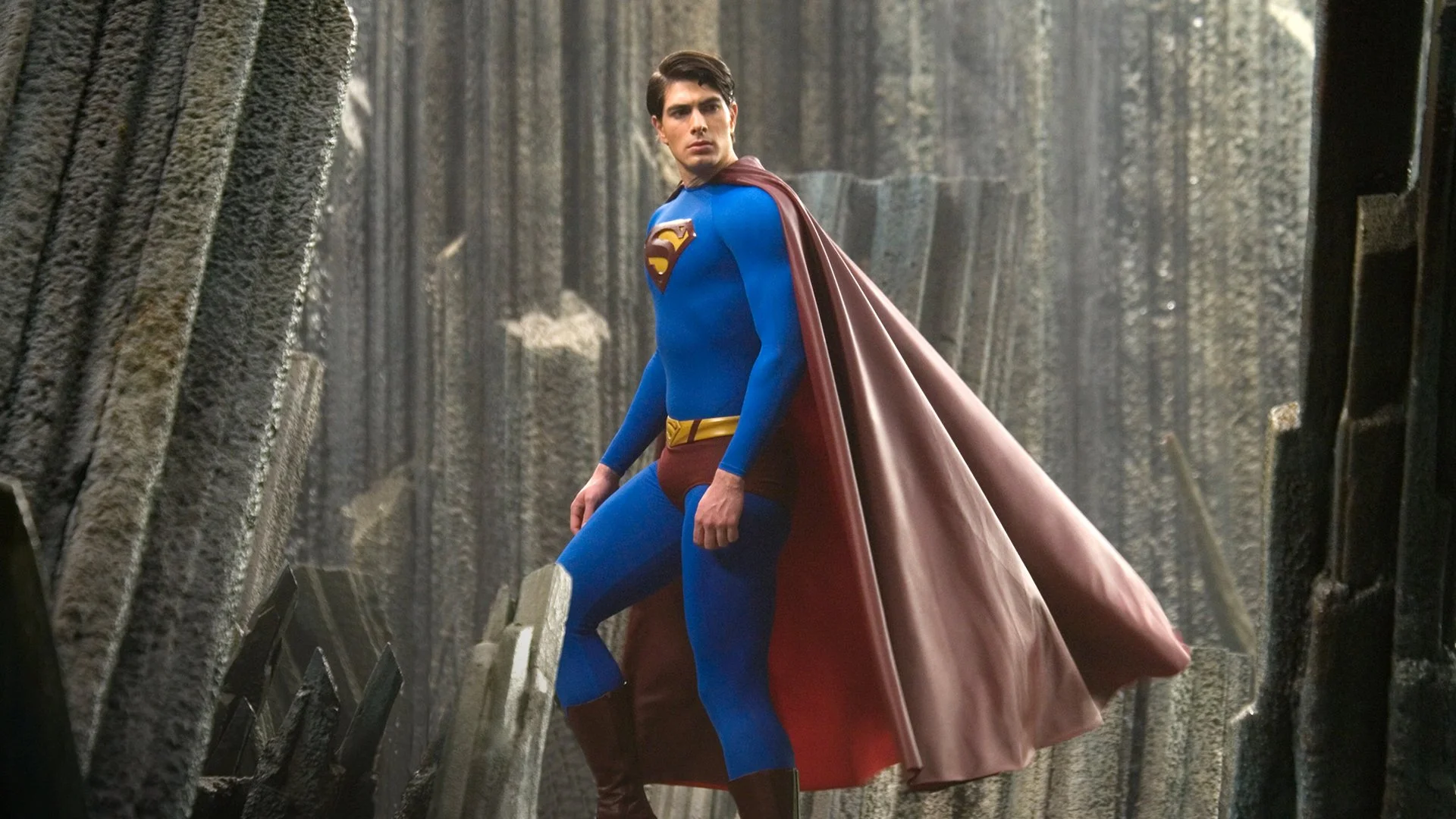Review: Ministry of Fear (1944)
Director Fritz Lang is best known for his earlier German Expressionist films, such as Metropolis (1927) and M (1931), and his later Hollywood film noirs, such as The Big Heat (1953). Although Ministry of Fear was not Lang’s first American film (that was Fury in 1936), and although it’s based on a 1943 novel by Graham Greene, the film nevertheless stands out as an intriguing thematic and formal bridge between the German and American periods of Lang’s career.
In Ministry of Fear, Ray Milland plays Stephen Neale, who, after he is discharged from a mental asylum in an English village, soon become enmeshed in a possible Nazi plot in London during the Blitz in World War II. The story plays out as a wrong man thriller, with the hero working to expose his opponents and clear his name. Lang includes many of the formal and narrative elements that would later come to define film noir, such as play with light and shadows and a femme fatale decked out in a shiny dress. However, the setting of Blitz-hit London also adds a period-specific atmosphere to the film.
In his investigations, Neale joins up with a pair of Austrian emigre siblings fleeing the Nazis, Carla (Marjorie Reynolds) and Willi Hilfe (Carl Esmond), who run the Mothers of Free Nations volunteer organization. Lang himself escaped the Nazi regime in 1933. The film’s interest in Neale’s mental state also recalls the psychological dimensions of The Testament of Dr. Mabuse (1933), which was banned by Goebbels—the event which precipitated Lang’s flight. Did Lang’s personal history contribute to the film’s fear and paranoia? The blend of film noir, Nazis and those fleeing them, heightened psychological aspects, and an eerie seance makes the film a heady concoction distilled from the range of Lang’s body of work.
In spite of its appealing premise, atmosphere, and themes, the film is marred by a plot that is noticeably stitched together and by clunky sections of dialogue. Greene is reported to have hated the movie, since he thought Seton I. Miller’s screenplay ruined the novel’s complex plotting. For instance, there is no transition scene between Neale’s train trip to London and his arrival at a private investigator’s office. In his conversation with the PI, Neale complains about having his hotel room ransacked over breakfast and the audience is left wondering if the previous scene was left on the cutting room floor. It then appears that the PI (Erskine Sanford) might join Neale as a supporting character, but the PI is soon sidelined and eventually killed off screen. Likewise, the logistics of a planted bomb remain murky.
The Austrian siblings are a good example of the film’s vaporous subtexts. The first scene with them struck me as odd, with a moment between Carla and Willi being shot like a romantic kiss: they are tight in the frame together, close enough to build tension around whether they will kiss. I immediately wondered if they are “brother and sister” in a Abraham-Sarah style deception, as fleeing emigrants. That’s never addressed later on, however. The full terrible details behind Neale’s earlier incarceration are also downplayed in the film adaptation, so it’s possible that some flattening happened in several areas of adapting from page to screen. I haven’t read the book, so I can’t comment further.
Nevertheless, Ministry of Fear has a number of memorable scenes and a strong atmosphere. I’ve already mentioned that the film is set during the Blitz, when German bombers would attack London nightly. The Blitz infuses this engaging thriller with an added sense of background fear, but the wartime setting is also used to create two standout scenes. The first involves a foot chase through a swampy countryside amidst a bombing raid. We see the columns of searchlights in the background as the explosions get increasingly closer to the hero and his quarry. The second involves evasion and union in a London underground functioning as a bomb shelter. Both scenes offer Blitz-specific events I hadn’t seen depicted in a noir-type thriller before, but the blend of noir and WWII also recalls the other, more famous, film adaptation of Greene’s work, The Third Man. The war even shapes the third great scene, from early in the film, in which a folksy English carnival at night is turned into a sinister setting for potential spies; the carnival is being put on by the Mothers of Free Nations. The scene’s manipulation of expectations is excellent. Lastly, I also have to call attention to the visually striking seance scene, which looks like a throwback to Lang’s earlier movies.
Overall, Ministry of Fear is a good movie with some prominent flaws. It’s worth checking out, though, for its rich atmosphere and potent blend of noir and wartime elements. It deserves a wider audience, especially among fans of Lang’s more famous works. It’s not Alfred Hitchcock’s Notorious, but you could set it alongside Carol Reed’s Night Train to Munich (1940) as another underrated and underseen Nazi thriller from the 1930s and 1940s.
7 out of 10
Ministry of Fear (1944, USA)
Directed by Fritz Lang; screenplay by Seton I. Miller, based on the novel by Graham Greene; starring Ray Milland, Marjorie Reynolds, Carl Esmond, and Erskine Sanford.



28 Weeks Later is by no means a bad sequel, but it lacks the original film’s impact.